Only logged in customers who have purchased this product may leave a review.
Products
- Home
- /
- Shop
- /
- Miscellaneous
- /
- Interactive Learning
- /
- Notebooking
- /
- Human Anatomy
- /
- Biology Notebooking Foldable – The Brain
Biology Notebooking Foldable – The Brain
$3.00
High School Biology Notebook resource!
Students will learn all of the major parts of the brain including ventricles, cingulate gyrus, thalamus, hypothalamus, optic chiasm, pituitary gland, midbrain, pons, medulla oblongata, meninges, cerebral cortex, cerebrum, corpus callosum, pineal gland, cerebellum, occipital lobe, parietal lobe, temporal lobe, frontal lobe
Related products
-
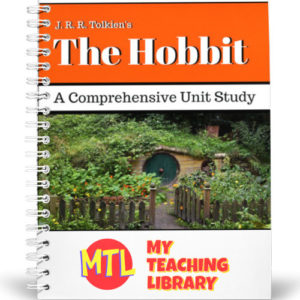 $12.00Buy Now
$12.00Buy NowThis novel study is everything you’ll need to teach the British Literature classic, The Hobbit, broken down into 5 ‘easy to manage’ sections!
This study provides…
- * Summaries and Analysis of each chapter in the book
- * Details on Themes, Symbols and Characters
- * Assignments
- * Discussion Questions
- * Vocabulary Work
- * Classroom Activities (including ideas for differentiated instruction)
- * Essay Ideas
- * Quizzes
- * Puzzles
- * Final Exams
- * Answer Keys
-
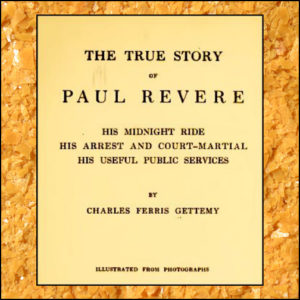 $3.00Buy Now
$3.00Buy NowThis is a downloadable copy of the book. (358 pages)
About the book: Published in 1905, Gettemy writes of Paul Revere’s midnight ride, his arrest, court-martial plus his ‘useful public services’. Paul Revere ( December 21, 1734 – May 10, 1818) was an American silversmith, engraver, early industrialist, and a patriot in the American Revolution. He is most famous for alerting the Colonial militia to the approach of British forces before the battles of Lexington and Concord, as dramatized in Henry Wadsworth Longfellow’s poem, “Paul Revere’s Ride”. Revere was a prosperous and prominent Boston silversmith, who helped organize an intelligence and alarm system to keep watch on the British military. Revere later served as a Massachusetts militia officer, though his service culminated after the Penobscot Expedition, one of the most disastrous campaigns of the American Revolutionary War, for which he was absolved of blame. Following the war, Revere returned to his silversmith trade and used the profits from his expanding business to finance his work in iron casting, bronze bell and cannon casting, and the forging of copper bolts and spikes. Finally in 1800 he became the first American to successfully roll copper into sheets for use as sheathing on naval vessels.
-
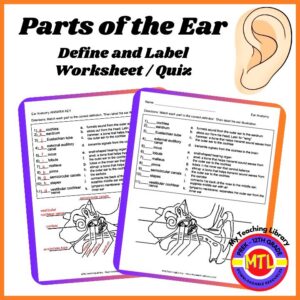 $1.50Buy Now
$1.50Buy NowA ready-to-print and use worksheet that will have students define and label parts of the human ear. Answer key provided.
Great learning tool or quiz!
Parts: cochlea, eardrum, Eustachian tube, external auditory canal, incus, lobule, malleus, pinna, semicircular canals, stapes, vestibular cochlear nerve
-
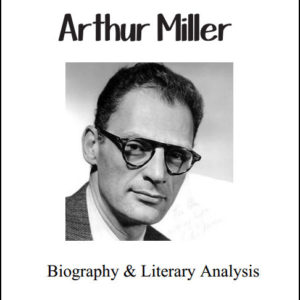 $4.00Buy Now
$4.00Buy NowBiography & Literary Analysis – Arthur Miller
517 pages



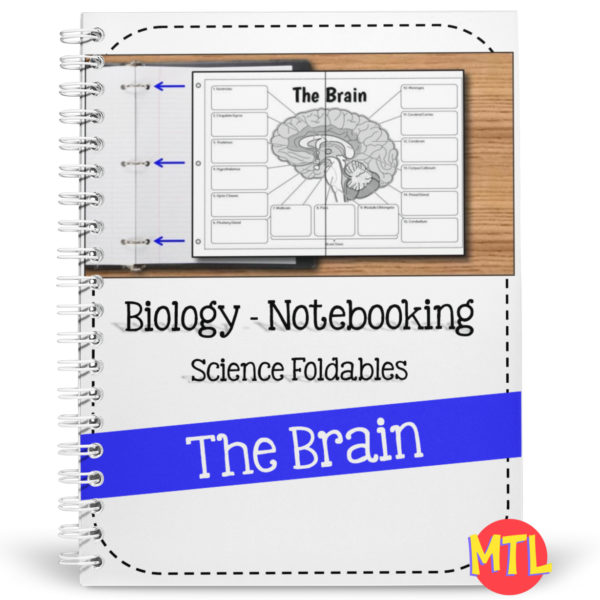
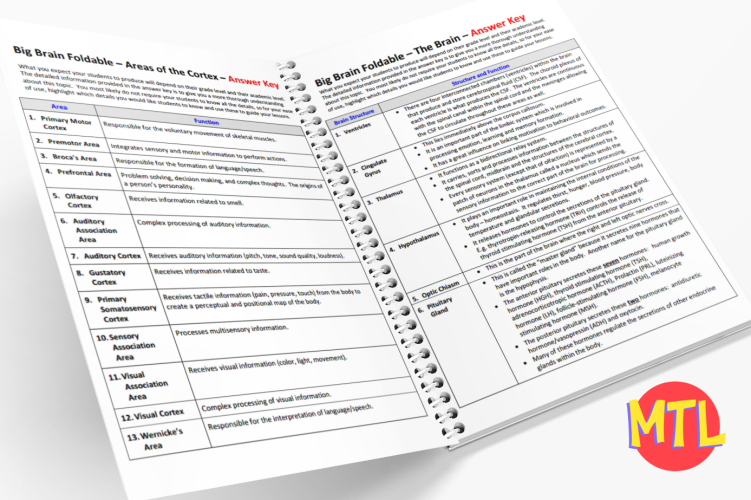

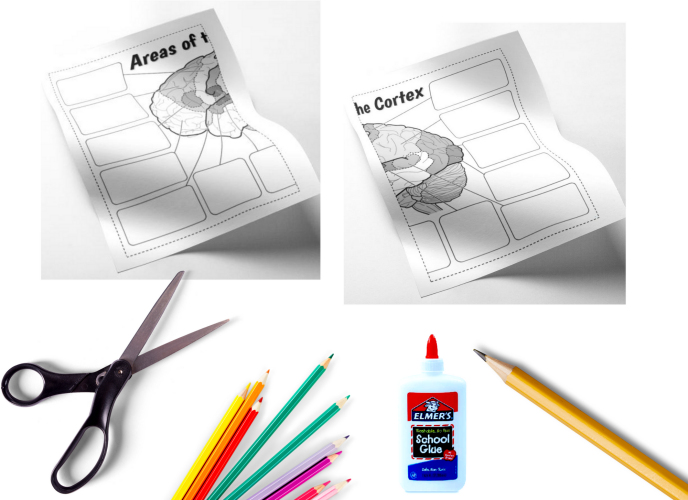
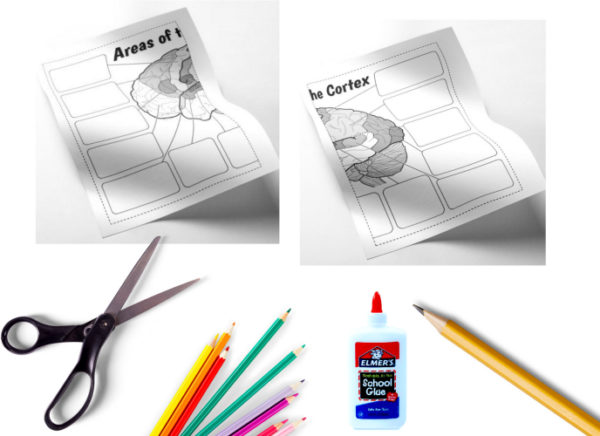


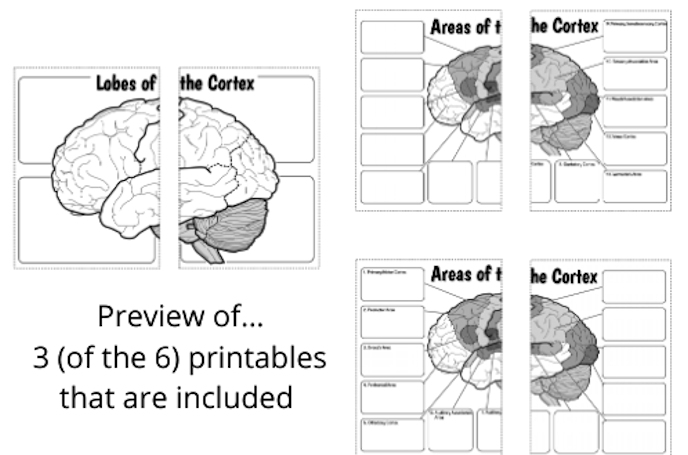
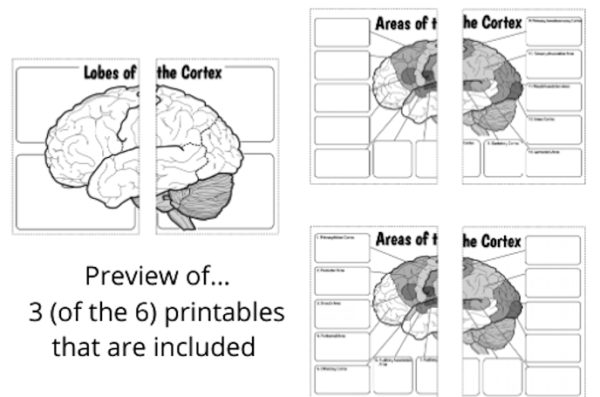
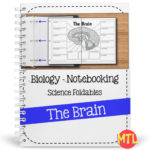
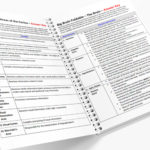


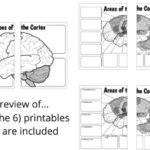
Reviews
There are no reviews yet.